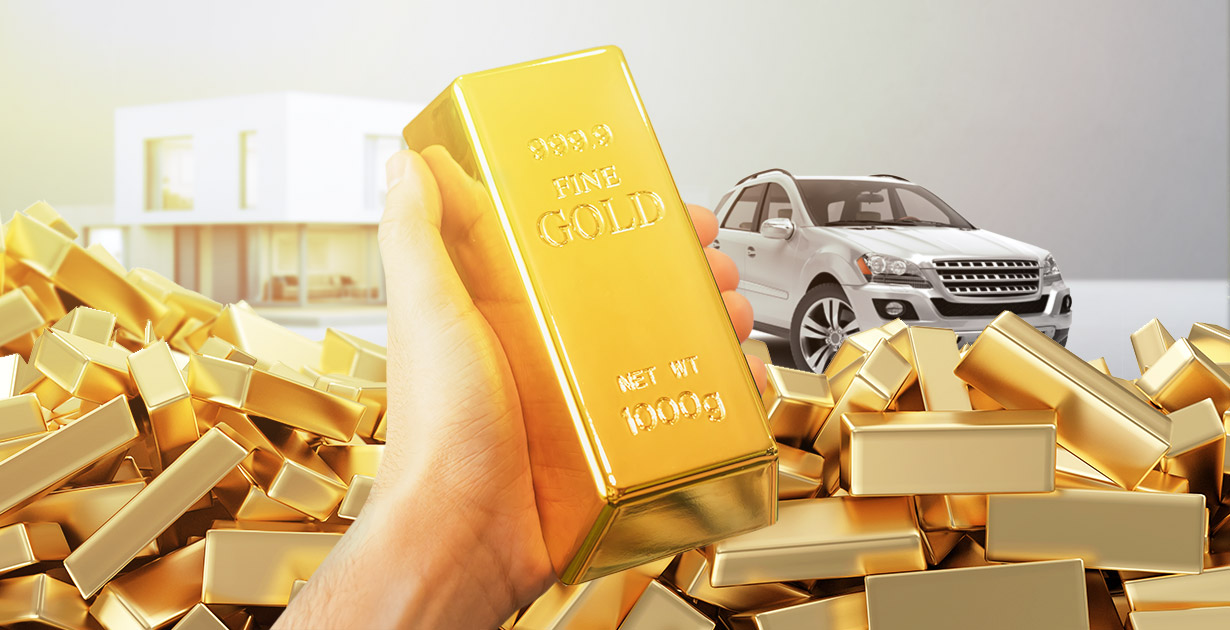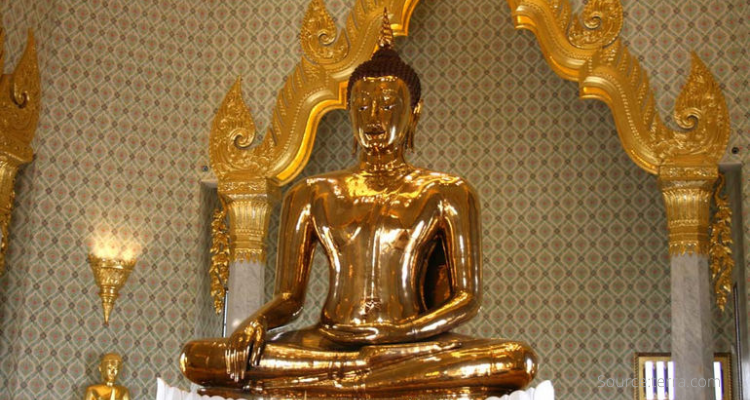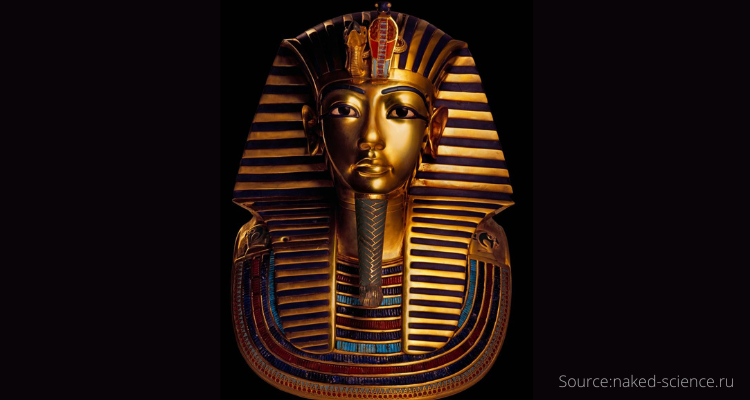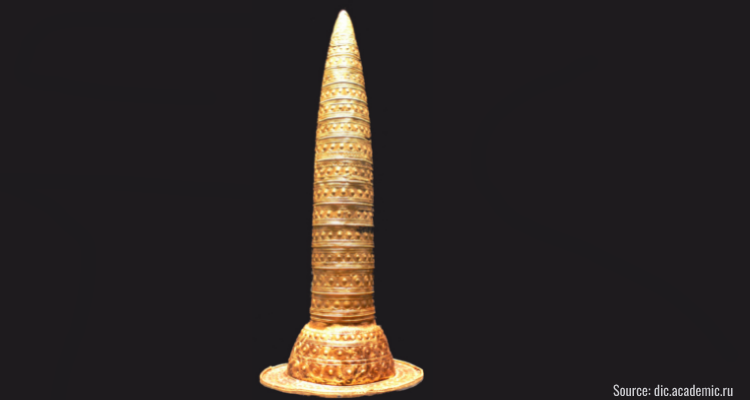
How much gold is used in the famous cultural monuments?
Average reading time — 4 minutes.
The elite metal
Since ancient times, people have considered gold an elite metal. It is a symbol of status and power, which only the elite could possess. Despite the fact that today gold has become more accessible, and the methods of its purchase — more convenient, the yellow metal has retained its honorary status. Watch the video to find out what you can buy for one kilogram of gold.
However, gold is not just a financial tool and a reliable method of investing funds. For centuries, works of art and objects of religious worship have been created from the precious metal. To see the famous artifacts, people are ready to fly to the other end of the Earth, and not only because the weight of the golden finding is measured in kilograms, but because these unusually beautiful gold items are part of history.
Here are the most fascinating stories of gold artifacts, the impressive weight or unusual shape of which required serious efforts to hide the treasure from prying eyes.
Golden Buddha: 5.5 tons of gold hidden underneath the plaster
The Golden Buddha is the largest golden statue in the world. People flock to the temple of Wat Traimit, in downtown Bangkok, the capital of Thailand, to bow down before the statue. This is a grandiose spectacle: a three-meter Golden Buddha weighing 55 quintals calmly looks at those present.
The purity of gold (used in the statue) varies. Interestingly, the number of carats depends on how important this or that part of the body is in Buddhist culture. The hair and Ushnisha (oval at the top of the head) are made of the 99% precious metal. Ushnisha is a symbol of a higher being who has attained spiritual enlightenment. Further, the number of carats decreases: the head is made of 80% gold, the body is made of 40%. The whites of the Buddha’s eyes are made of pearls, and the pupils are made of black sapphires.
 In the photo: the golden sheen of the sculpture creates an aura of purity and holiness.
In the photo: the golden sheen of the sculpture creates an aura of purity and holiness.
In order to protect the sacred object during the long-term war with Burma, in 1767 the Thais covered the Golden Buddha with plaster and hid it. Only in the middle of the 19th century, the sculpture, which presumably was made of plaster, was transported to Bangkok. During one of the subsequent transfers in 1955, the statue fell and a golden sheen appeared in the crack. So the Golden Buddha acquired its former appearance and took its rightful place in the most famous temple in Thailand. Buddhists consider the sculpture one of the world’s greatest relic.
Mask of Tutankhamun: 11 kg of gold underneath an old hut
The mask of Pharaoh Tutankhamun is one of the most famous ancient artifacts in the world, as there are millions of images and volumetric replicas of it in mass culture. The mask is now on display at the Egyptian Museum in Cairo.
The work of the ancient Egyptian masters turned out to be accessible to connoisseurs of art of the 20th and 21st centuries thanks to the perseverance of the archaeologist and his patron. Underneath a dilapidated shack in the Valley of the Kings, which was examined by archaeologists far and wide, the greatest cultural monument was hidden. The entrance to the tomb of the pharaoh was discovered in 1922, when British archaeologists went down the steps. A burial place was found there.
Scientists have found several thousand items, including gold ones: a throne, a chariot, etc. The total weight of the gold items was impressive: the inner sarcophagus alone, hidden in huge boxes nested one inside the other, was made of 110.4 kilograms of pure gold. In it, the archaeologists discovered a mummy, the face of which was covered with a sparkling golden mask weighing 10.23 kilograms (22.6 lb).
The mask is formed by two layers of gold with a thickness of 1.5 to 3 mm (0.059 and 0.118 inches). X-ray crystallography results showed that the face and neck of the mask were made of 18.4K gold, while the beard, headdress and breast decoration were made of 22.5K gold.
But it’s not just about the amount of gold and precious stones used. Those who have seen Tutankhamun’s mask in the museum are impressed by the perfection of forms and beauty of the piece of ancient Egyptian art created by artisans in 1323 BC.
 In the photo: the golden mask is inlaid with glass and lapis lazuli, the eyes are inlaid with translucent quartz.
In the photo: the golden mask is inlaid with glass and lapis lazuli, the eyes are inlaid with translucent quartz.
Berlin Gold Hat: 490 g of gold from secret sources
The pride of the Neues Museum in Berlin, a conical object with an ornament, appeared in the exhibition relatively recently, namely in 1996. The hat ended up in the German museum thanks to an accidental twist of fate — it came from a private collection. Perhaps the story of the discovery of the Gold Hat is no less interesting than the finds of the Golden Buddha and the mask of Tutankhamun, but the disclosure of this secret is yet to come.
Why is this item called a hat? As scientists have found out, it most likely was used as an external covering on a brimmed headdress of organic or leather material. The hat, which was presumably made in the period from 1,000 to 800 BC, had a ritualistic purpose. This period of time refers to the Late Bronze Age. There are only 4 such hats in the world, three of which were found in southern Germany in the XIX–XX centuries.
 In the photo: the embossed pattern on the hat is an ancient calendar.
In the photo: the embossed pattern on the hat is an ancient calendar.
The Berlin Gold Hat is made of thin gold leaf. 87.7% — gold alloy, the rest — silver elements and a number of other metals. Its height is 74.5 centimeters. Being decorated with a convex ornament, the hat attracts the attention with its unusual shape and unfading brilliance of the noble metal.
Even more interesting and useful information — on our YouTube channel!




